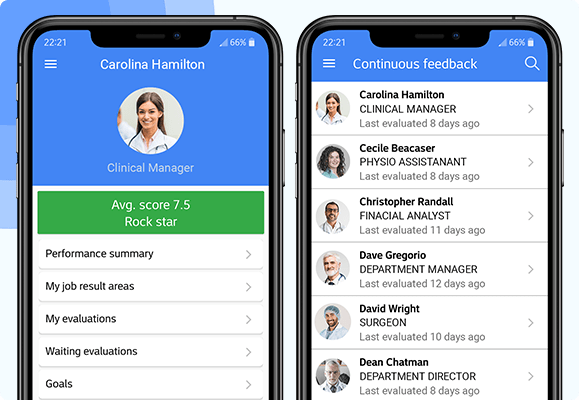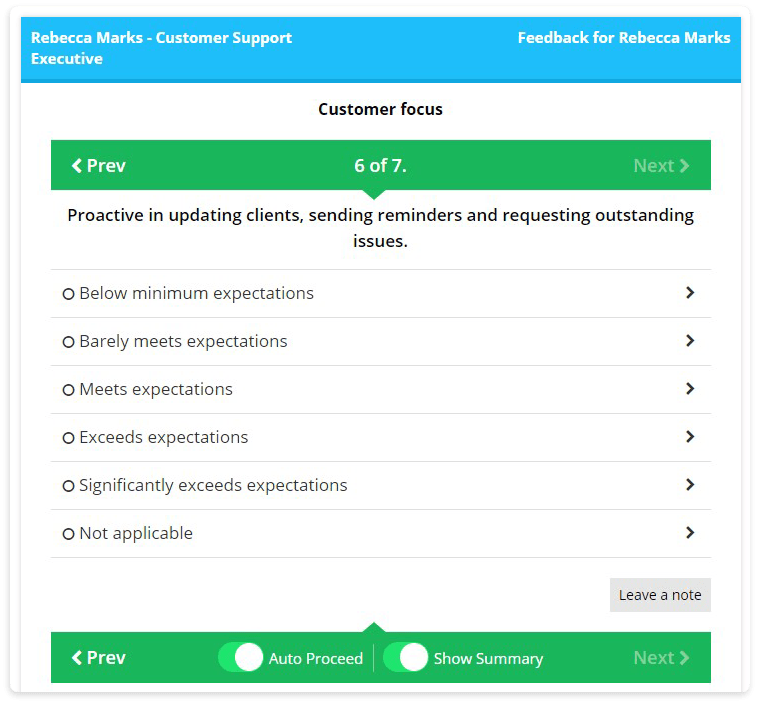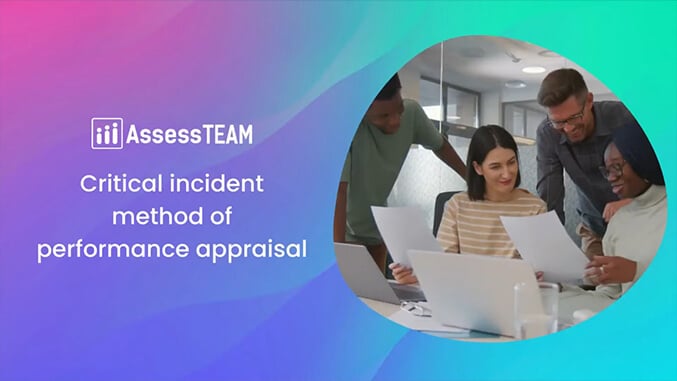The Critical Incident Method of Performance Appraisal is defined by the Usability Body of Knowledge as a “method of gathering facts (incidents) from domain experts or less experienced users of the existing system to gain knowledge of how to improve the performance of the individuals involved.”
What does this mean in layman’s terms?
In essence, this rather complicated definition translates into the following:
Performance Management: The fundamental aim and purpose
The primary goal of measuring an employee’s performance is to determine to what extent an employee meets the Key Performance Indicators that are linked to the employee’s job. If the staff member doesn’t meet the minimum KPI specifications for the job, then management will intervene either through training, counseling, or termination of the employee’s contract.
Essentially, because an organization hires an employee to perform a job function, the organization needs a way to measure whether the employee has achieved that job function. An online, real-time employee performance management system is the best way to monitor KPIs.
Performance Appraisal: The critical incident method
The critical incident method of performance appraisal simply tracks when the employee either goes above and beyond the job function mandate or comes up significantly short.
For example, a landscaping company will track both exceptional quality deliveries and severe failure incidences based on inputs from their customers. Depending on how many landscapers the organization employs, the quality metric can be further broken down into the type of service and the specific team that is responsible for the task in question. Each employee may have a minimum target with an incentive to exceed customer satisfaction goals.
The critical incident method can measure both the employee’s output (or performance) and the behavior linked to the performance metric. Furthermore, this methodology or technique records instances where positive and negative employee behavior has affected an event’s outcome. The recorded behaviors are kept in what is known as an “incident’s net” to be analyzed as a collective for making decisions about remuneration, training, and team growth.
 The critical incident technique is simple for all
The critical incident technique is simple for all
It is easy for an overly descriptive process to be confusing if the narrative is not kept within strict guidelines.
Therefore, to manage the potentially vast number of narratives, it is a good idea to divide these employee behavior descriptions into categories. Examples of these categories include Customer service, teamwork, punctuality, and general attitude in the office.
There are several primary benefits of arranging the narratives into categories. Here are some more advantages:
- The organization of behavior descriptions as lengthy narratives can quickly become very disorganized.
- Each employee can be measured against all the categories simultaneously. In other words, the critical path or measurement is how the employee conducts himself/herself based on each of the decided categories as well as the accumulated result of all the individual categories.
- The individual categories can be measured against all the participating employees. For example, let’s assume that the company is measuring its success based on the customer service category. Therefore, it will look at all the individual employee scores for the customer service category and combine them to form an overall impression of the success (or lack thereof) based on the customer service metric.
 Driving organizational success
Driving organizational success
The primary aim of performance management and online performance management softwares is to align “individual objections to organizational objectives” and ensure that individual employees understand and uphold the organizational ethos and core values. This definition states that the “overall aim of performance management is to establish a good culture” within the company. The critical incident method aims to deliver information that individual employees can use to enhance their job performance by highlighting achievements and shortcomings.
In theory, the critical incident technique is a very effective performance measure. Because the critical incidence method emphasizes incidences instead of KPI measurement, it can effectively highlight different employee strengths and weaknesses.
In an ideal performance management strategy both critical incident and KPI methods are used to measure employee and organizational performance. It must be highlighted that employee success translates into organizational success and vice versa.
The critical incident method of performance management focuses on identifying and documenting specific instances where an employee demonstrated exceptionally good or poor behavior related to their job tasks. These incidents provide concrete examples of behavior that can significantly affect an individual’s performance.
Let’s review examples for the manufacturing, service, and healthcare industries:
Manufacturing Industry
Positive Incident:
- Scenario: A quality control inspector at a consumer electronics manufacturing plant.
- Incident: The inspector identified a recurring defect in a batch of products due to a calibration error in the production line. By catching this early, they not only prevented the shipment of defective products but also collaborated with the engineering team to adjust the calibration process, significantly improving the overall quality of the product and reducing future wastage.
Negative Incident:
- Scenario: A machine operator in a textile manufacturing facility.
- Incident: The operator consistently ignored the standard maintenance schedule for their equipment, leading to a significant machine failure that halted production for an entire day. This negligence not only caused downtime but also resulted in a costly repair that could have been avoided with proper maintenance.
Service Industry
Positive Incident:
- Scenario: A front-desk manager at a high-end hotel.
- Incident: During a major conference, the hotel’s booking system mistakenly overbooked the rooms. The front-desk manager proactively contacted guests before their arrival to arrange accommodations at a nearby hotel of equal or higher quality, at no extra charge, and offered free transportation between the hotels. This initiative and customer-focused solution prevented negative experiences and maintained the hotel’s reputation for excellent service.
Negative Incident:
- Scenario: A server at a busy restaurant.
- Incident: The server, feeling overwhelmed by the number of customers, began to ignore new arrivals, failing to greet or acknowledge them for extended periods. This behavior led to several complaints about poor service, negatively impacting the restaurant’s reputation and causing a loss of repeat business.
Healthcare Industry
Positive Incident:
- Scenario: A pharmacist in a community pharmacy.
- Incident: A regular customer was prescribed a new medication that interacted negatively with their existing prescriptions. The pharmacist noticed the potential for adverse effects during a routine review of the customer’s medication profile, consulted with the prescribing doctor, and an alternative medication was prescribed. This vigilant action prevented possible harm to the patient.
Negative Incident:
- Scenario: An emergency room technician.
- Incident: The technician failed to properly sanitize equipment between patients during a particularly busy shift, leading to the cross-contamination of patient spaces. This oversight resulted in an infection outbreak among several patients, highlighting the critical importance of adherence to sanitation protocols in preventing hospital-acquired infections.
These examples underscore the importance of the critical incident method in performance management, allowing organizations to identify key behaviors that significantly impact their operations, both positively and negatively. This method facilitates targeted feedback and development efforts to enhance overall performance and outcomes in any industry.

 The critical incident technique is simple for all
The critical incident technique is simple for all

